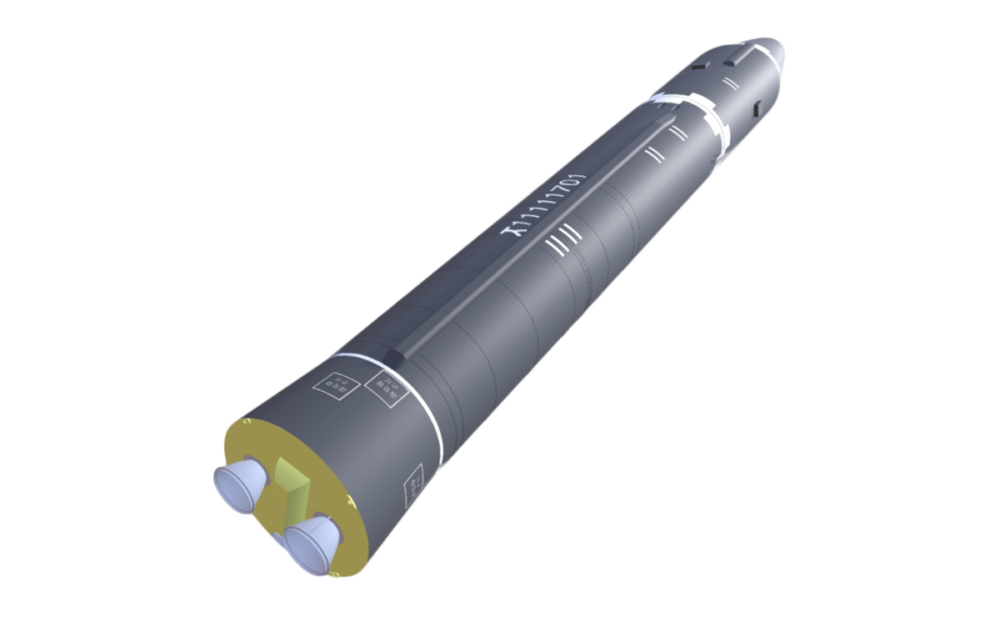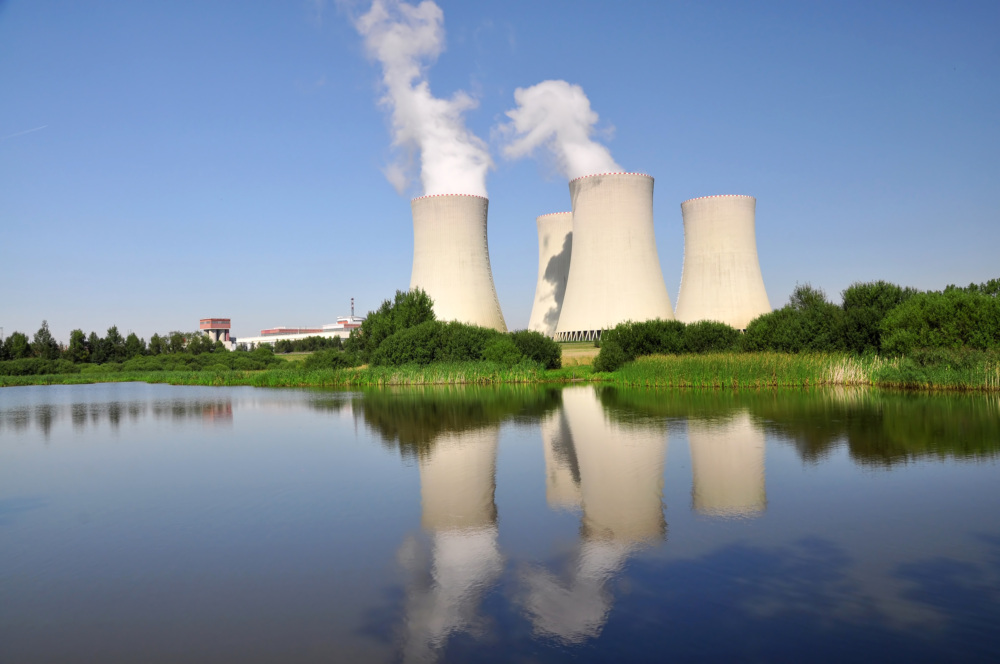
The CNS North Korea Missile Test Database
A collection of missile tests including the date, time, missile name, launch agency, facility name, and test outcome.
Australia is a party to all of the major nonproliferation treaties and international export control regimes. Although Australia no longer maintains offensive weapons of mass destruction (WMD) programs, it has sought or deployed some of these capabilities in the past. Australia developed a chemical warfare capability during World War II, and collaborated with the United Kingdom on nuclear weapons testing in the 1950s.
Australia has never produced nuclear weapons, and is a party to all relevant nuclear nonproliferation treaties and international export control regimes. Australia ratified the Treaty on the Non-Proliferation of Nuclear Weapons (NPT) in 1973 and the Comprehensive Nuclear Test Ban Treaty (CTBT) in 1998. An active proponent of CTBT negotiations from the 1970s forward, Australia played an important role in finalizing the treaty in 1996. 1 The same year, the Canberra Commission on the Elimination of Nuclear Weapons delivered the results of its year-long deliberation to the United Nations. 2 Australia is also a party to the Treaty of Rarotonga, which established a nuclear weapon-free zone in the South Pacific.
From the early 1950s through the early 1970s, elements within the Australian government considered nuclear weapons. By the early 1960s, these efforts resulted in discussions between Australia and the United Kingdom which explored the possibility that Australia might directly purchase ready-made weapons. Ultimately the proposal was rejected by the Cabinet, and it is unclear how serious either of the parties was about the discussions. 3 In the late 1960s, Prime Minister John Gorton pressed for developing a domestic nuclear weapons option. 4 Once again, this effort lacked widespread support in the bureaucracy or the political leadership and failed to result in any substantive developments. These efforts ended in January 1973 with Australia’s ratification of the NPT. 5
From 1952 to 1963 Australian territory was an early test-site for British nuclear weapons, resulting in radioactive contamination, injuries to military personnel, and the exposure of native populations to fallout. 6 It is possible that Australian involvement was predicated on the expectation that the United Kingdom would make low-yield tactical nuclear weapons available to Australia.
Australia has the largest deposits of uranium in the world; the country’s known resources account for 31% of the world total. It is estimated that Australia produced 5,897 metric tons of U3O8 (yellowcake) in 2014. Australia exports all of its uranium and is the third largest producer behind Kazakhstan and Canada. 7 Uranium exports to nuclear weapon states, including China, France, and India, have been a controversial issue in Australia. 8 In July 2012, Australia signed a nuclear cooperation and technical transfer agreement with the United Arab Emirates setting the stage for future uranium sales. 9 The agreement entered into force on 14 April 2014 and will last 15 years. 10 Australia will provide uranium fuel for its nuclear plants starting in 2017 for a total cost of AUS$ 20 billion. 11 In September 2014, Australia and India signed a nuclear cooperation agreement allowing Australia to export uranium to India for the country’s nuclear power industry, making India the first non-NPT signatory state to purchase Australian uranium. 12 According to Australia’s Toro Energy Company, exports could begin within the next five years. Since 1958, Australia has built and operated three separate nuclear research reactors, only one of which is currently in service. 13 In February 2015, South Australia set up a royal commission to explore bringing nuclear power to the area, with a report due by May 2016. If the report supports the development of nuclear power in South Australia, federal laws would have to change to allow further progress on the project. 14 Relevant Australian facilities and exports are under IAEA safeguards.
Australia plays an active role in nuclear safety and nonproliferation efforts. The Australian Nuclear Science and Technology Organisation (ANSTO), works with countries in Southeast Asia via ANSTO’s Regional Security of Radioactive Sources (RSRS) project to improve the management of security risks associated with radioactive sources. 15 In 2009, Australia signed a memorandum of understanding on nuclear safeguards and security cooperation with Indonesia, South Korea, and Vietnam. 16 Australia has since been working with these countries to develop specific programs and activities. The Australian government also collaborated with Japan to establish the International Commission on Nuclear Non-Proliferation and Disarmament, which concluded its mandate in July 2010. The Commission aimed to enhance and revitalize international efforts on nuclear nonproliferation and disarmament. 17
There is no evidence that Australia has ever possessed, or sought to possess a biological warfare (BW) capability. Australia signed the Biological and Toxin Weapons Convention (BTWC) on 10 April 1972, and deposited a certificate of ratification on 5 October 1977. 18
Australia conducts extensive defensive research on biological materials and biosafety. The country has four BSL4 (biosafety level 4) maximum containment units: the Australian Animal Health Laboratory (AAHL), the National High Security Quarantine Laboratory (NHSQL), the Queensland Health Forensic and Scientific Services Virology Laboratory (QHFSS), and the Emerging Infections and Biohazard Response Unit (EIBRU). EIBRU is responsible for investigating possible instances of biological warfare, including “human specimens or substances suspected of containing an exotic agent, emerging infectious disease, or bioterrorism agent.” 19
Through the Defence Science and Technology Organisation (DSTO), the Australian Department of Defence operates the Biological Defence Research, Land Division. The goals of the division are to provide a “defensive capability for the Australian Defence Force (ADF) by enhancing the ability of the ADF to operate in parts of the world where biological weapons might be used.” It also “enhances Australia’s ability to contribute to biological arms control verification.” 20
Additionally, Australia has sought to promote biosecurity through cooperation with the ASEAN Regional Forum (ARF). For example, in September 2010, Australia co-hosted a Bio-Risk Workshop with the United States and the Philippines. 21
Australia possesses no long-range cruise or ballistic missiles, however does deploy AGM-158 air to surface cruise missiles on its F/A-18A/B aircraft. 22 Historically, it provided facilities for British developmental testing of the Blue Streak ballistic missile in the late 1950s, but these activities did not lead to the development of any domestic missile capabilities. Australia became a member of the Missile Technology Control Regime (MTCR) in 1990. 23 Australia hosted an MTCR plenary in 2008 and chaired the MTCR from 2008 to 2009. Australia was also one of the original subscribing states to the Hague Code of Conduct against Ballistic Missile Proliferation (HCOC), which is a non-legally binding effort to bolster the work of the MTCR in curbing the proliferation of ballistic missiles. 24 Additionally, Australia is a participating state to the Wassenaar Arrangement. 25
While Australia historically had a chemical warfare program, it discontinued these activities and is an active member of chemical weapon nonproliferation and export control efforts. Australia ratified the Chemical Weapons Convention (CWC) in May 1994, and has been a member of the Organization for the Prohibition of Chemical Weapons (OPCW) since its inception in 1997. 26 Australia had previously been a party to the Geneva Protocol, which it ratified in January 1930. 27 Australia was a driving force behind the creation of the Australia Group (AG) in 1985. The Australia Group is an informal arrangement of 15 supplier countries whose goal is to enhance cooperation on controlling the spread of CW-related materials, and to help members harmonize their national export control and licensing measures. The AG was established in response to the use of chemical weapons in the Iran-Iraq War. 28
In the late 1930s the Australian government began to investigate offensive and defense CW capabilities. 29 In 1942, following the defeat of Australian, British, Dutch and U.S. forces in Southeast Asia by Japan, the Australian government urgently requested that the U.K. supply it with chemical weapons. 30 Initial shipments of mustard and phosgene began to reach Australia in May 1942, allowing a substantial arsenal of air-dropped and artillery munitions to be assembled by the middle of 1943. Beginning in May 1942, the U.S. government shipped significant quantities of chemical weapons to Australia for deployment with U.S. military forces based in Australia to defend against a potential Japanese invasion. 31
Beginning in 1943 and through the end of 1945, Australia, in conjunction with the United Kingdom and to a lesser degree the United States, undertook a program of live agent testing and human trials of mustard gas. The purpose of these tests was to obtain a better understanding of the performance of these agents in tropical conditions as applied to both offensive and defensive chemical warfare. 32
Following the end of World War II, the Australia and U.S. governments dumped significant quantities of CW agents, in both bulk and weaponized forms, off the Australian coast. The majority of the agent was dumped between 1945 and 1948, with further operations in 1965 and 1970. The total weight of materials including munitions was 21,000 metric tons; the actual agent weight was significantly less. 33 Small quantities of old chemical weapons continue to be discovered from time to time at former military bases and testing sites. 34 In June 2011, Australia successfully destroyed a cache of more than 140 U.S.-origin World War II shells that contained a mustard chemical warfare agent, which were discovered in Columboola in 2009. 35
In recent years, Australia has focused extensively on regional and international cooperation on chemical safety as a component of counter-terrorism. In 2013 the Australian Attorney General established a chemical security coordination unit responsible for developing a risk management framework to examine supply chain vulnerabilities of high-risk chemicals, and to raise public awareness on related issues. 36
Australia also hosted a subregional National Capacity Evaluation and Training Workshop for State Parties from the Pacific Islands in May 2014 for parties needing technical assistance implementing the provisions of the CWC. 37
Sign up for our newsletter to get the latest on nuclear and biological threats.
A collection of missile tests including the date, time, missile name, launch agency, facility name, and test outcome.
At this critical juncture for action on climate change and energy security, 20 NGOs from around the globe jointly call for the efficient and responsible expansion of nuclear energy and advance six key principles for doing so.
Information and analysis of nuclear weapons disarmament proposals and progress in Belarus
